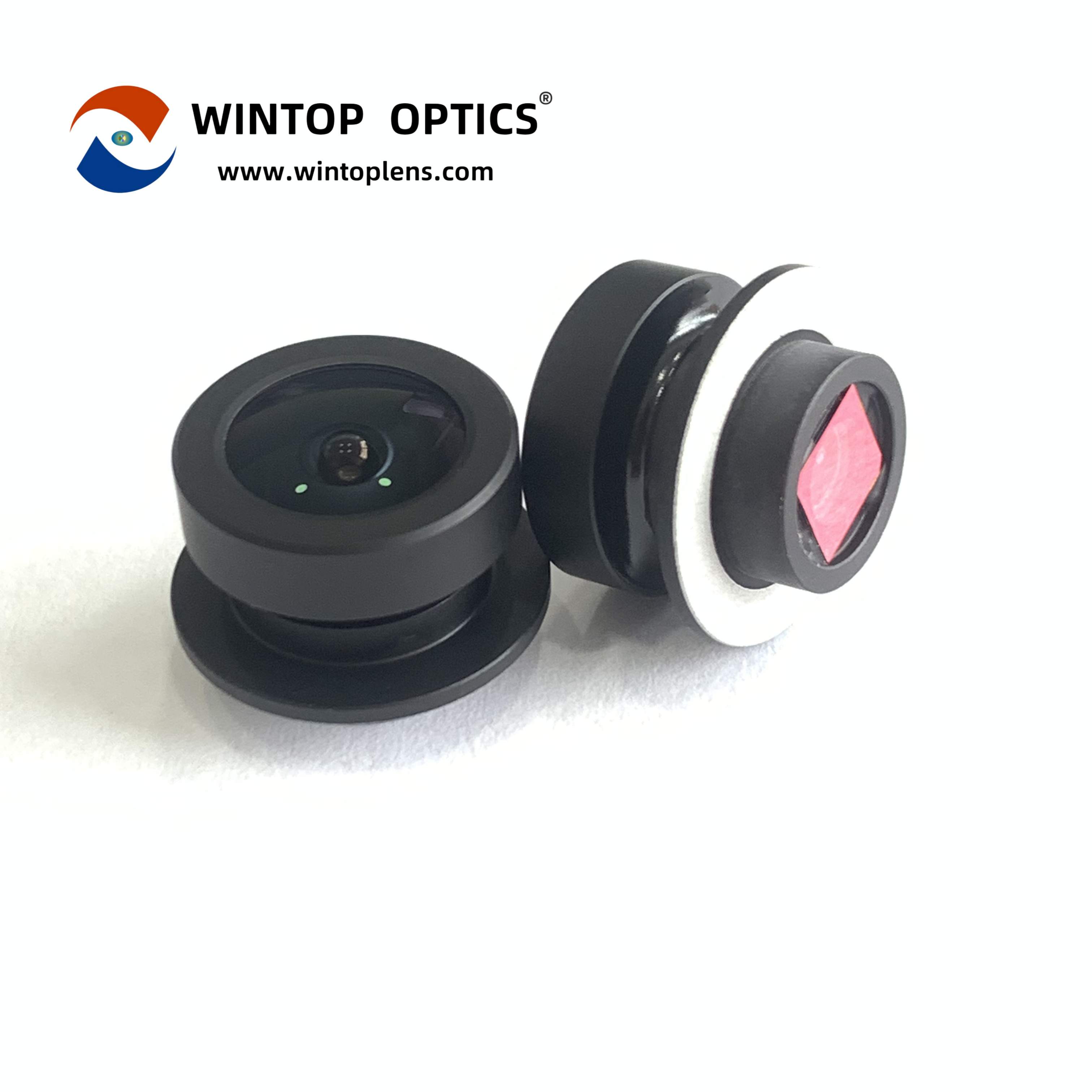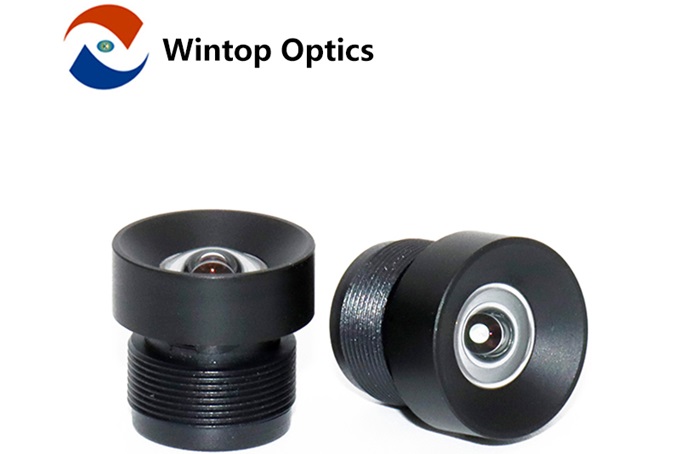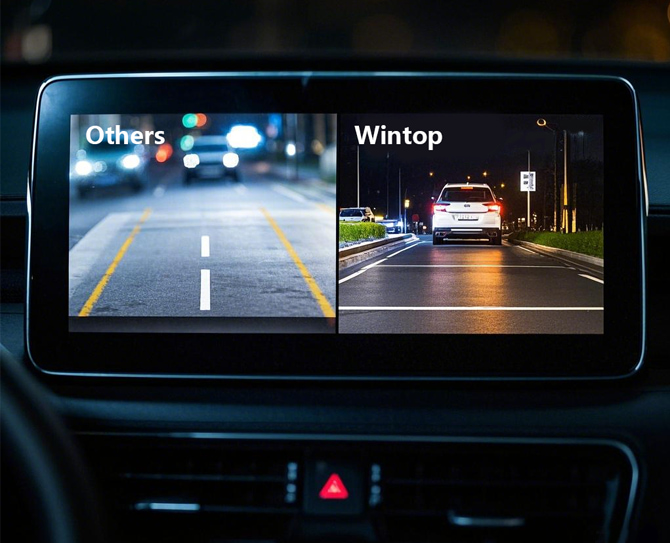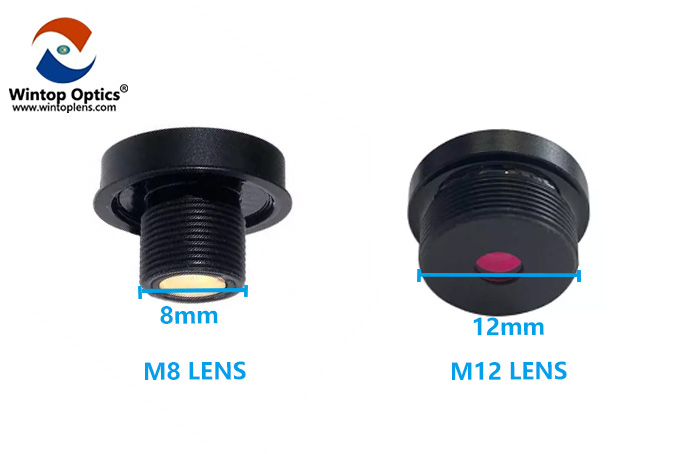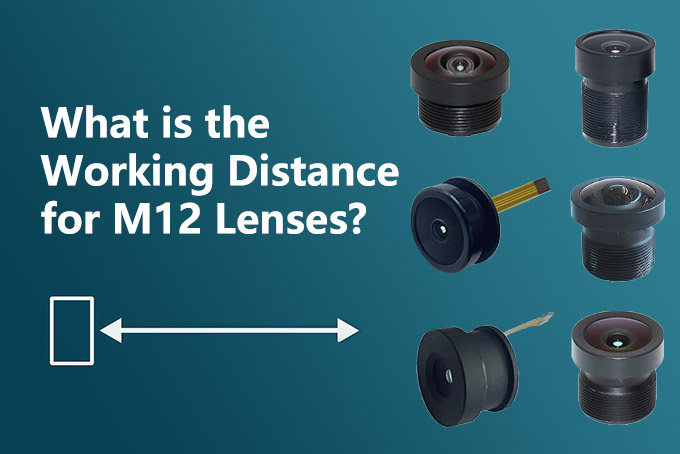What is the difference between M12 lens and AA lens?
May 31, 2024
In the field of modern imaging technology, the design and manufacture of the lens is the key factor to ensure the image quality. As two advanced lens types, the M12 mount lenses and the AA Gluing lens each have their own unique characteristics and application scenarios. This article will deeply explore the technical characteristics, advantages and their applications in different fields of these two lenses.
M12 Lens: A Model of Miniaturization and Flexibility
Technical characteristics:
The M12 mount lens is named after its threaded interface with a diameter of 12mm. This design allows the lens to be easily installed in a compact camera system. The thread spacing of the M12 lens is 0.5mm, which not only makes lens installation simple, but also helps to reduce production costs. The M12 lens is usually very small and lightweight, suitable for use in small devices such as mobile phone cameras, webcams, security surveillance cameras, driving recorder cameras, car rearview cameras, car surround view cameras, facial recognition cameras, visual doorbell cameras, law enforcement camera, drone cameras, etc.
Application Scenario:
M12 lenses are widely used, they can be fixed focal length lenses or zoom lenses, providing a variety of focal length options to suit different field of view needs. Due to its miniaturization, M12 lenses are well-suited for space-constrained applications such as car cameras, drone cameras, security surveillance cameras, and some smart home monitoring devices.
Advantage:
The compact size of the M12 lens makes it ideal for compact devices.
-Cost-effective: M12 lenses typically have lower production costs due to their ease of manufacture.
-Interchangeability: M12 lenses are typically designed to be interchangeable, allowing users to change lenses based on different application requirements.
AA Structural Lenses: Guaranteed for Precision Alignment and Reliability
Technical features:
The core of the AA Gluing lens lies in its Active Alignment (AA) technology. This technology ensures high reliability and image quality of the imaging system by precisely adjusting the relative position between the optical lens and the image sensor. AA Gluing lenses usually use an integrated structure, and the optical lens and the bracket are fixed by welding or other means to reduce the lens position shift caused by temperature changes.
Application Scenario:
AA Gluing lenses perform well in applications that require high reliability and accurate imaging, such as vehicle cameras, ADAS cameras, intelligence driver surveillance cameras, DMS cameras, OMS cameras, CMS cameras, high-end security surveillance, cctv camera, medical imaging equipment, and precision smart home monitoring cameras etc. The design of this lens helps to improve the overall performance and stability of the camera module.
Advantage:
-High reliability: With all-in-one construction and AA technology, AA Gluing lenses provide increased reliability.
-Accurate Alignment: AA technology ensures precise alignment between the lens and the sensor, resulting in improved image quality.
-Adaptability: Suitable for a variety of high-end application scenarios that require high-precision imaging.
Conclusion:
M12 lenses and AA structural lenses have their own strengths and weaknesses. They represent two different development directions in imaging technology in terms of miniaturization and precision alignment, respectively. M12 lenses are important in consumer electronics, car cameras, drone cameras, security surveillance cameras, and some smart home monitoring and some industrial applications due to their miniaturization and cost-effectiveness, while AA structural lenses play a key role in high-end imaging due to their high reliability and precise alignment. As technology advances, we can foresee that these two lenses will play an even more important role in the development of imaging technology in the future.
